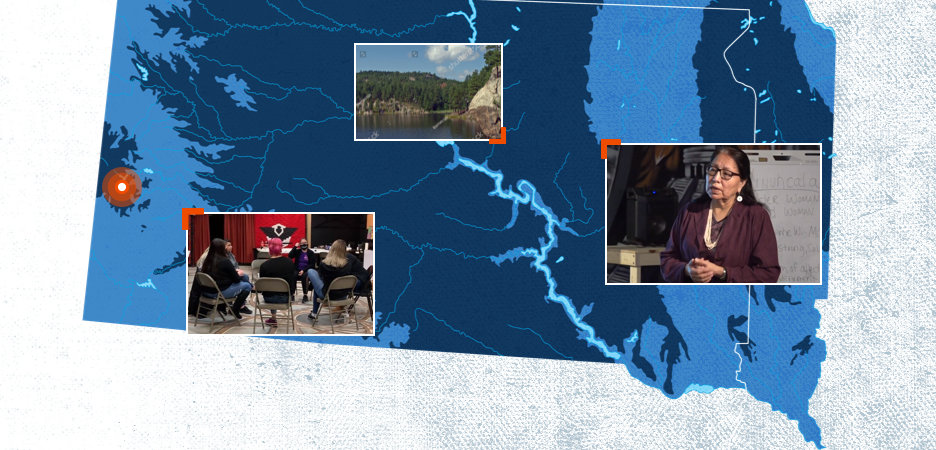More Results
By implementing pretrial strategies, Pennington County has reduced the number of bookings for non-violent, low-level offenses by 76% between January 2018 and January 2021. Racial and ethnic disparities in the jail population have decreased as well. During that same timeframe, Pennington County saw a 22% reduction in Native Americans referred to the jail.
Between the first meeting in March 2018 through January 2021, the Jail Population Review Team has been able to look more closely at 1,225 individuals to determine if they would be able to be safely released from jail. As a result, 25% of people in jail were both recommended and approved for release, meaning that people spent over 5,196 days at home with their families, instead of in jail.
The Court Notifications program has delivered 66,770 reminders to people awaiting their court hearings between January 2019 and January 2021. Although the data is not yet available to directly connect the messages with court appearance, participant responses show that the reminders are extremely helpful, not only helping people remember court dates but also answering their questions and helping them find services.
Since its launch in August 2018, 425 people have been referred to the Community Work Program as an alternative to jail. Instead of remaining in the jail and away from their families and communities, they completed more than 7,000 hours of community service.
The Care Campus and Safe Solutions program made significant progress in keeping people struggling with substance use from entering or going further into the justice system. Since its opening in September 2018, the Care Campus has had 54,563 admissions of people with substance use disorders. Of these, 70% were admissions into Safe Solutions.
Beyond the statistics, these and other programs supported by the Safety and Justice Challenge have touched the lives of people in Pennington County. For example, a 28-year-old single mother contacted the 1-800 warrant resolution number—one of the strategies the county is advancing as part of local justice reform. She shared that she had two non-violent, low-level warrants. She had been offered a job within her community as a case worker but could not be officially offered the job with her active warrants. After being easily connected to the Safety and Justice Challenge Attorney Liaison, she provided the required documents, her warrants were cleared, her cases were dismissed, and she was able to accept the job.

